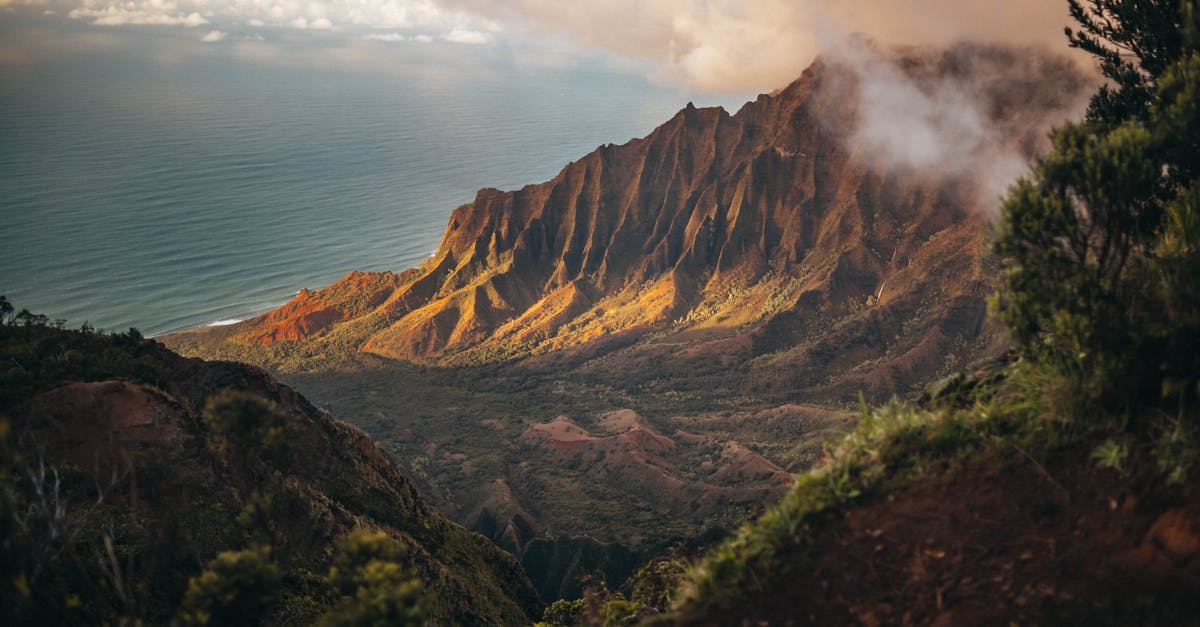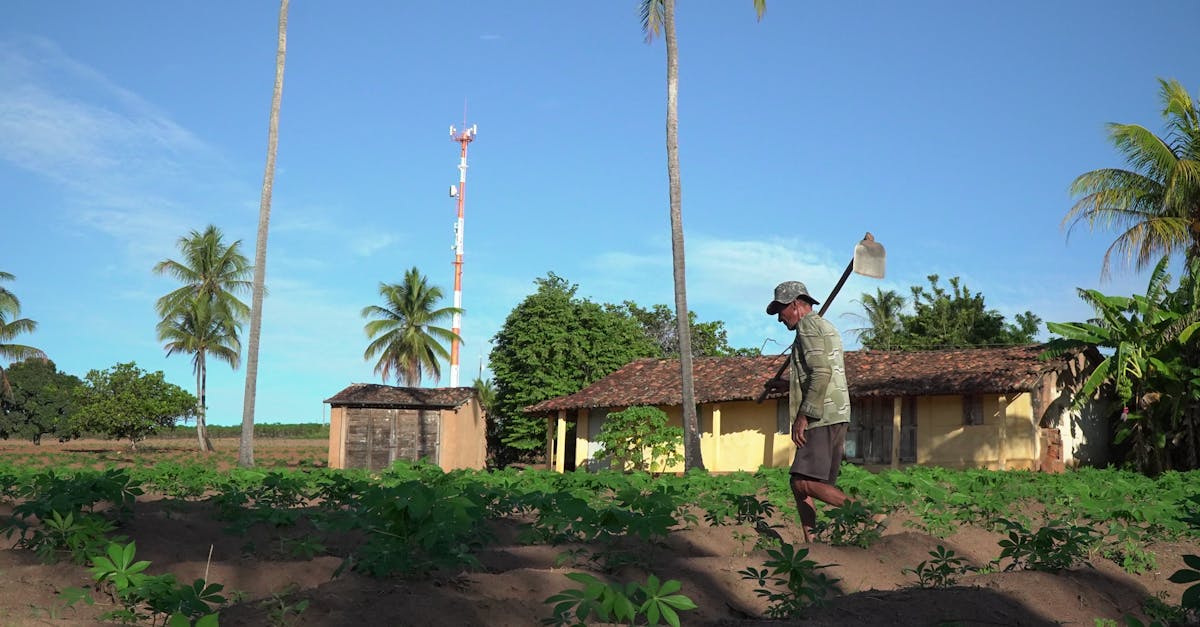As Hurricane Preparedness Week concludes on May 24th, it serves as a timely reminder for Hawaii's businesses and residents to prepare for the upcoming hurricane season, which officially begins in June and lasts through November. The unique geographical challenges of the islands, including potential isolation and limited evacuation routes, necessitate a proactive approach to storm preparation. Understanding these risks and having a comprehensive plan are crucial for the safety and resilience of both families and businesses.
For Hawaii's entrepreneurs and business owners, hurricane preparedness extends beyond personal safety. It involves safeguarding physical assets, ensuring business continuity, and protecting employees. Considering the vulnerability of being cut off and isolated, as highlighted by the US Department of Commerce, NOAA, National Weather Service, businesses must have contingency plans for power outages, supply chain disruptions, and communication failures. This includes securing physical locations, backing up digital data, and establishing alternative communication methods. Businesses should also review their insurance policies to ensure adequate coverage for potential damages, as suggested by the National Weather Service.
Preparing your home may not be the same as preparing on the mainland. NOAA encourages individuals to understand their hurricane risks and start preparations now. Homeowners and business owners should take this time to secure their properties. Trimming trees and reinforcing structures are crucial steps in minimizing potential damage from high winds, as stated in the NOAA's guidelines. Moreover, businesses, especially those in the tourism and hospitality sectors, should have evacuation plans and ensure staff and guest safety is the priority.
Beyond immediate preparations, businesses should also consider long-term strategies for resilience. This might involve investing in renewable energy sources, diversifying supply chains, and building relationships with local emergency management agencies. The Federal Emergency Management Agency (FEMA), in their blog, points out the need to have a disaster plan. This proactive approach not only protects against potential losses but also demonstrates a commitment to the well-being of employees, customers, and the broader community. By prioritizing preparedness, Hawaii's businesses can mitigate the risks of hurricane season and contribute to the overall economic stability of the islands.



